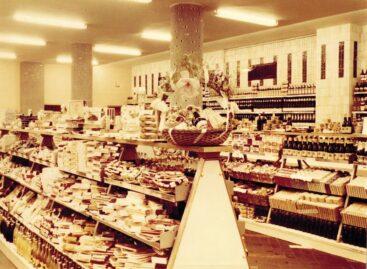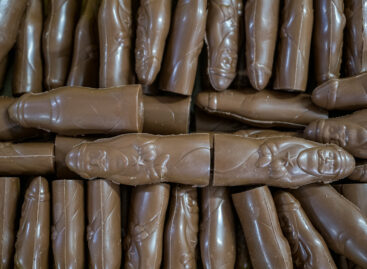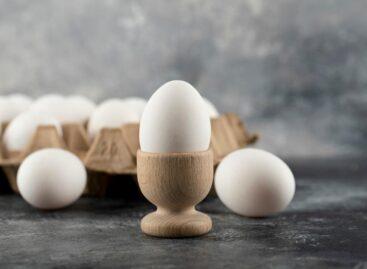The (not so) sweet life
Rising production costs have left their mark on the confectionery market, but the good news is that there has been no major contraction, as giving gifts and rewarding ourselves don’t go out of fashion even when times are hard.
This article is available for reading in Trade magazin 2023/5
Pál Molnár, sales manager of Szerencsi Bonbon Kft.:

Pál Molnár
sales manager
Szerencsi Bonbon
“As a consequence of the negative trends and the problems induced by the war, confectionery manufacturers, distributors and consumers have all found themselves under great pressure. In 2022 prices elevated by 50-60% in the confectionery category, while the average food price increase was 45%”.
Opening price scissors in the chocolate tablet segment
It is true for basically all confectionery categories that volume sales were at a standstill or diminished, but in value sales increased by double-digit numbers. György Szabó, managing director of P.O.P. Értékesítésfejlesztési Kft.: “In the chocolate tablet segment the share of milk chocolate increased, leading in sales. Products containing biscuit and nuts (hazelnut, almond) also perform well, but those made with fruits and dark chocolates are less popular now”.
From the different retail channels it was discounters who could increase their share in sales. The recent negative economic trends had the worst effect on upper and medium category products. Branded chocolates practically cost twice as much as private labels. A 100g premium brand is available at HUF 1,500-1,600 – basically a luxury product for the average consumer. Manufacturers are trying to avoid further price increases by reducing product size. They are also launching more promotion campaigns than before.
Facebook throughout the year
2022 was a good year for the Szerencsi brand, both volume sales and revenues increased, thanks to new products and the Cicás cocoa powder for baking. In the chocolate tablet segment Szerencsi is present with classic milk, dark, and enriched products – in the latter with the Szerencsi Kézműves artisan range. The company’s Diabon brand targets health-conscious consumers. In marketing communication this year brings something completely new: Szerencsi is implementing a one-year Facebook activity, which targets both brand loyal and potential buyers half a month or a month before retail promotions.
In 2022 the Piros Mogyorós brand launched new innovations in the spirit of health-consciousness. György Szabó informed that these sugar-free Piros Mogyorós milk and dark chocolates performed above expectations. What is more, one of the new products was the first-ever sugar-free chocolate tablet with whole hazelnuts. As for the chocolate bar segment, two new flavours hit the market: crunchy hazelnut-rum and crunchy hazelnut-salted caramel.
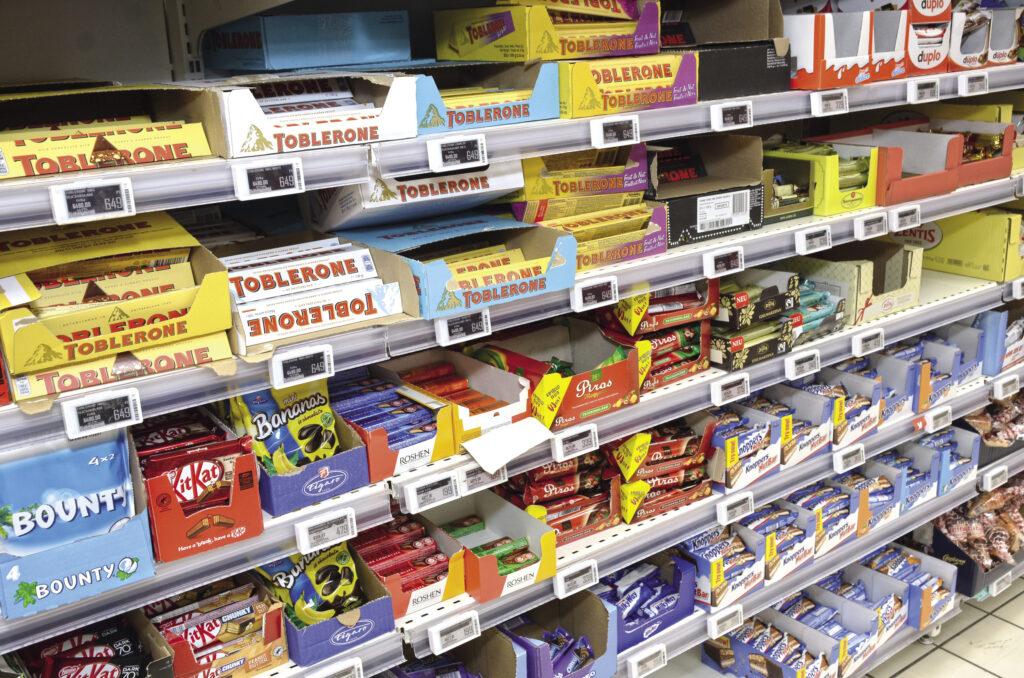
Among chocolate bars, demand started to shift towards lower-priced wafer-based products
Better positions for chocolate bars
Innovation work is more daring in the chocolate bar segment, probably because these products are in a better situation than tablets: since their price level is lower, the increase isn’t as striking.
Orsolya Elek, marketing manager of Storck Hungária Kft.:

Orsolya Elek
marketing manager
Storck Hungária
“Chocolate bar value sales grew by 18% in 2022, and volume sales were up a little less than 1%. On average the price increase was 19% in the chocolate bar category, with prices increasing the most in hyper- and supermarkets and discounters”.
Another trend is that consumption is shifting towards cheaper, wafer-based products: the value share of these augmented by 4%.
Szerencsi Bonbon has developed the gluten-free variant of its iconic Retro bar for both the milk and the dark chocolate version. What is more, the company’s sugar-free Szerencsi ZERO range is now available in 6 different flavours – revealed Pál Molnár.
New flavour variations with positive feedback
The price of Storck Hungária Kft.’s Knoppers products increased by 15%, which was less than the market average. Thanks to the successful launch of the Knoppers Nutbar variants – Peanut Bar and Coconut Bar – the brand’s market share increased by 1% in comparison with 2021. The two new flavours performed way above expectations. In the future the company will enter the market with new innovations of similar high quality, in different flavours, with the taste preferences of Hungarian consumers in mind.
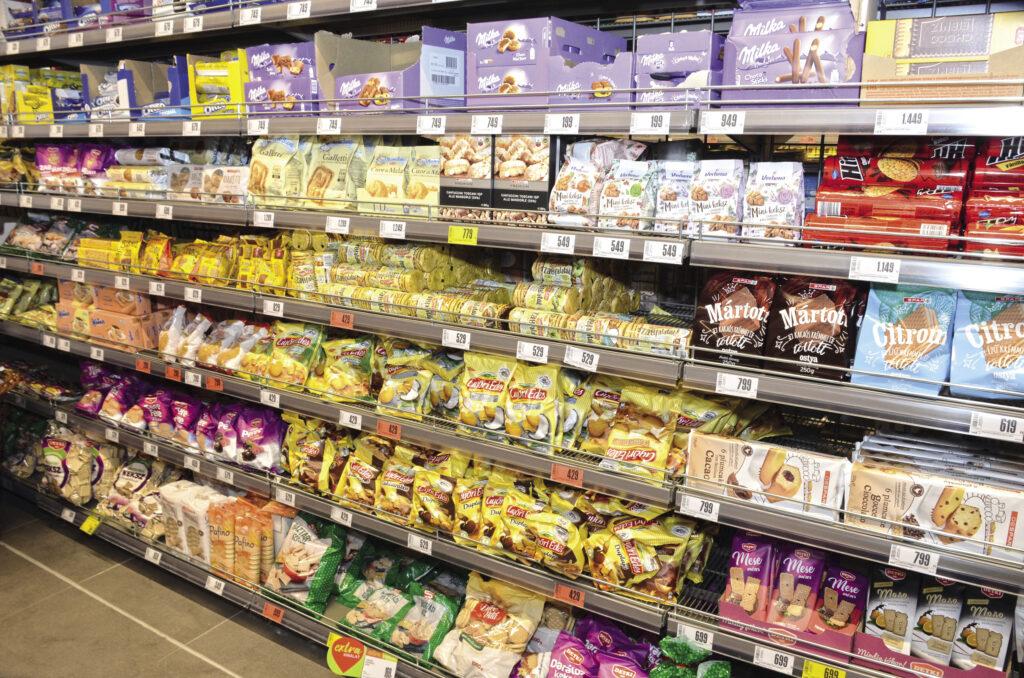
In addition to traditional basic products free-from biscuits are conquering
Sweet biscuits can be found in the cupboard of practically every Hungarian kitchen.
Péter Koósa, managing director of Detki Keksz Kft.:
“More and more shoppers are looking for sugar-free biscuits in shops. People are eating more health-consciously and many of them have carbohydrate metabolism problems. Luckily these biscuits fit into their diet too”.
Recently the company renewed its well-known products under the Vitál brand name, and they also rolled out a new cracker range, called Vitál Fitt. These salty crackers are made with wholemeal flour, contain no added sugar, and can be found on store shelves in three different flavours. //
We bought more big chocolate tablets in 2022
Hungarians spent nearly HUF 45bn on chocolate tablets in 2022, and value sales grew by 12% if compared with 2021.
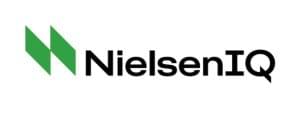

Guest writer:
Nóra Gubek
client support executive
NielsenIQ
In volume sales exceeded 12,000 tonnes, but reduced by 1%. The average price increased by 13% to HUF 3,600/kg. Stores with a floor space of 401-2,500m² were responsible for nearly half of sales. In the chocolate tablet category branded products with a HUF 3,800 unit price were dominant – they generated three quarters of value sales last year.
Milk chocolate was the most popular in 2022 too, with a two thirds market share, and a 14% sales growth in value and a 2% rise in volume. Chocolate products bigger than 100g are graining round: value sales of these were up 2 percentage points and reached a 28% share; in spite of this trend, 100g products are still responsible for half of value sales. //
Optimistic confectionery manufacturers
The Association of Hungarian Confectionery Manufacturers (HUNBISCO) organised a roundtable discussion before Easter, where Dr Róbert Török, director of the Hungarian Museum of Trade and Tourism (MKVM) told: people love to eat chocolate and candies even when times are bad.
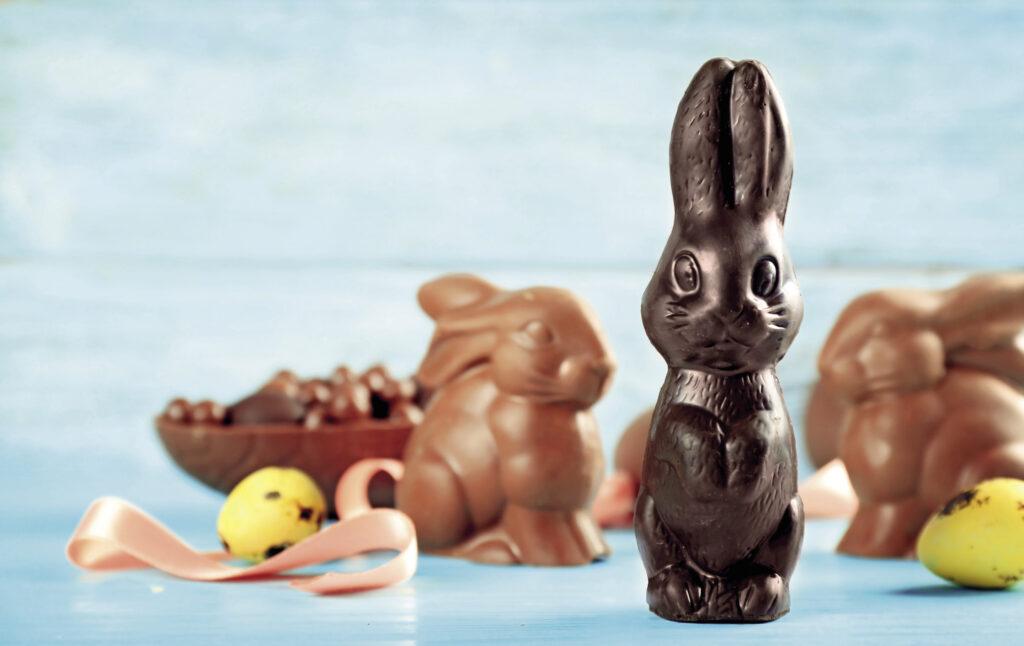
Gábor Intődy, general secretary of HUNBISCO reported that producers are optimistic at the moment, but product prices are definitely rising, by approximately 20% on average. Meanwhile confectionery value sales increased by 20% to HUF 310bn, with volume sales staying put or perhaps dropping a little. A HUNBISCO survey has revealed that 49% of confectionery buyers would rather pay more for a product than compromise in quality; 37% get price-sensitive from time to time, and only14% switch to cheaper sweets. //
An abundance of sweets
According to the NielsenIQ retail index, Hungarian shoppers spent HUF 29bn on chocolate bars between February 2022 and January 2023. Like-for-like value sales were up 16%, but volume sales plunged 3% at 7,000 tonnes. Shops no bigger than 200m² were responsible for 37% of sales. Private labels had 7% of the chocolate bar market.


Guest writer:
Nóra Gubek
client support executive
NielsenIQ
The wafer market represented a value of HUF 41bn, with sales having grown by 18%. In volume 10% less wafer was sold than in the previous year, in a quantity of 14,000 tonnes. Stores with a floor space of 401-2,500m² realised more than 40% of value sales. The market share of branded products was 75%.
Sweet biscuit sales expanded by 24% and went above the HUF 56bn threshold, more than half of which occurred in 401-2,500m² stores. Volume sales decreased in this category too, dropping 3% to less than 28,000 tonnes. Two thirds of value sales were realised by branded products. //
Related news
Timeless flavours, new expectations
🎧 Hallgasd a cikket: Lejátszás Szünet Folytatás Leállítás Nyelv: Auto…
Read more >Csemege: the taste and essence of an era
🎧 Hallgasd a cikket: Lejátszás Szünet Folytatás Leállítás Nyelv: Auto…
Read more >Tradition and innovation characterize this year’s Christmas candy market
🎧 Hallgasd a cikket: Lejátszás Szünet Folytatás Leállítás Nyelv: Auto…
Read more >Related news
Egg prices up nearly one-third
🎧 Hallgasd a cikket: Lejátszás Szünet Folytatás Leállítás Nyelv: Auto…
Read more >Layers of problems
🎧 Hallgasd a cikket: Lejátszás Szünet Folytatás Leállítás Nyelv: Auto…
Read more >Too many gifts, too much food: our holiday excesses are putting a serious strain on the environment
🎧 Hallgasd a cikket: Lejátszás Szünet Folytatás Leállítás Nyelv: Auto…
Read more >

